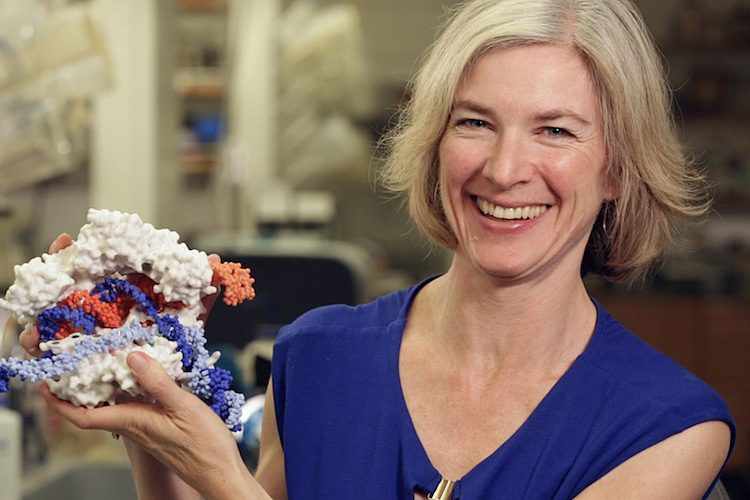What’s CRISPR? Jennifer Doudna and Radiolab can explain

Still don’t understand how CRISPR — clustered regularly interspaced short palindromic repeats — works or what it means for chemistry, medicine or human society?
UC Berkeley’s own 2020 Nobel Prize winner, Jennifer Doudna, explained the gene-editing technology for the science podcast Radiolab in 2015.
She told hosts Jad Abumrad and Robert Krulwich that the moment she realized the full impact of CRISPR, “I really had the hairs on the back of my neck … standing up, just realizing this thing exists, and you could program it to cut DNA just like molecular scissors, and I can program it to cut DNA wherever I want,” she said.
You can listen to the complete 50-minute episode here: https://www.wnycstudios.org/podcasts/radiolab/articles/update-crispr
